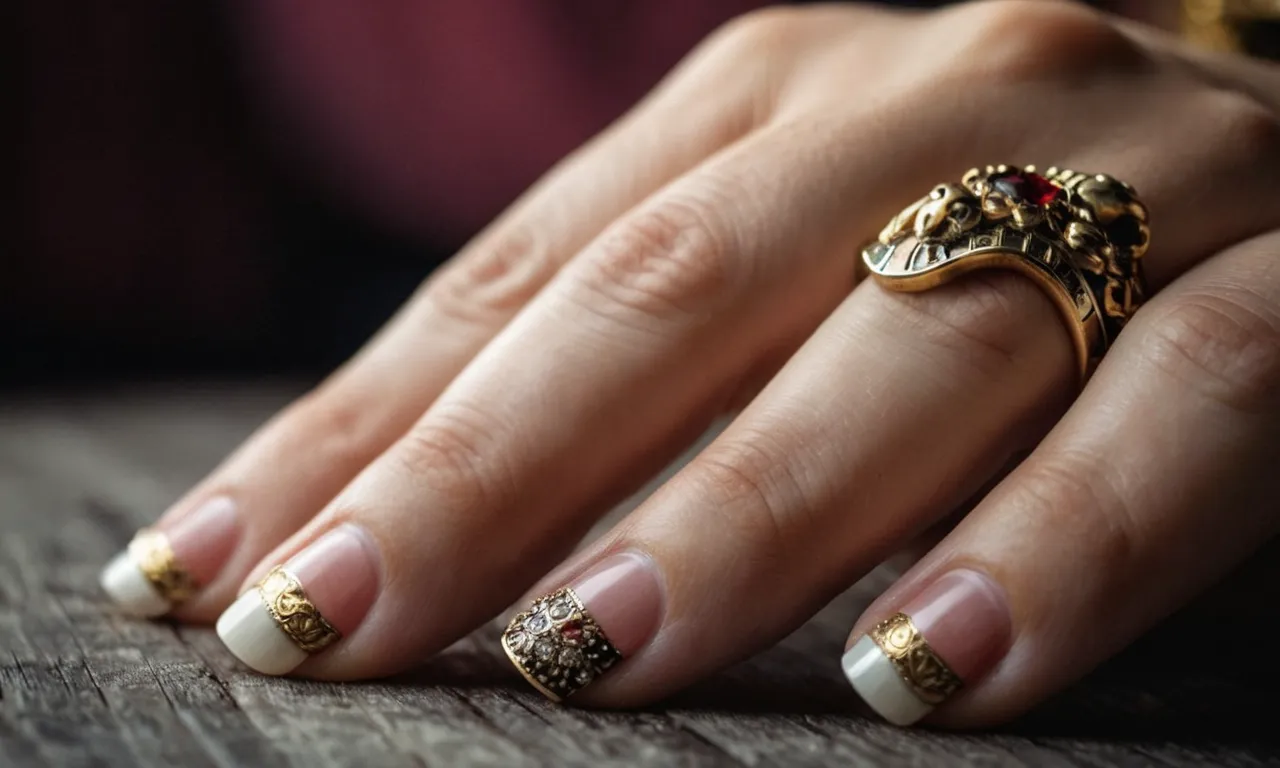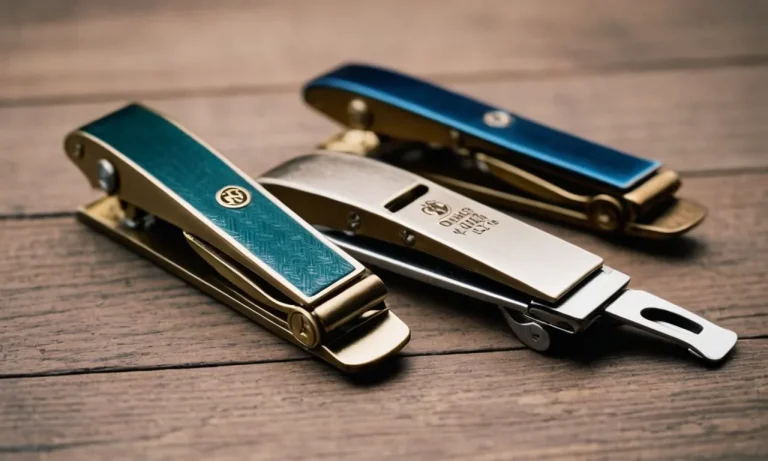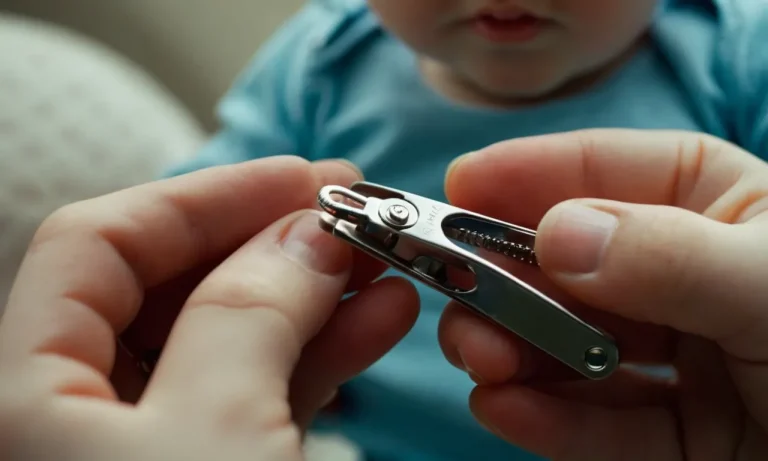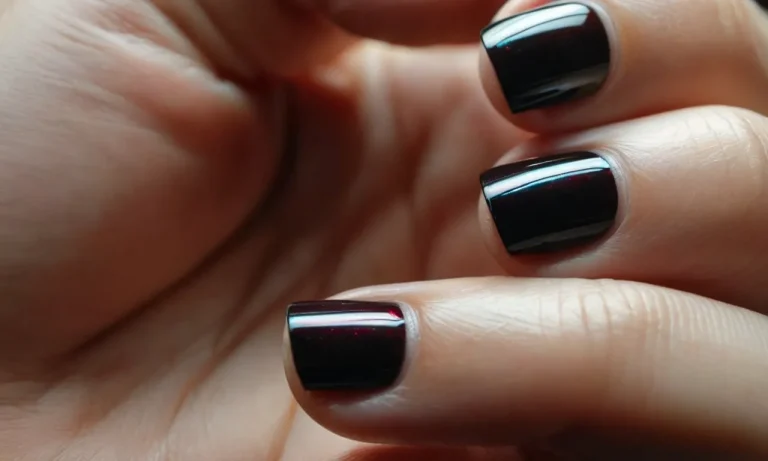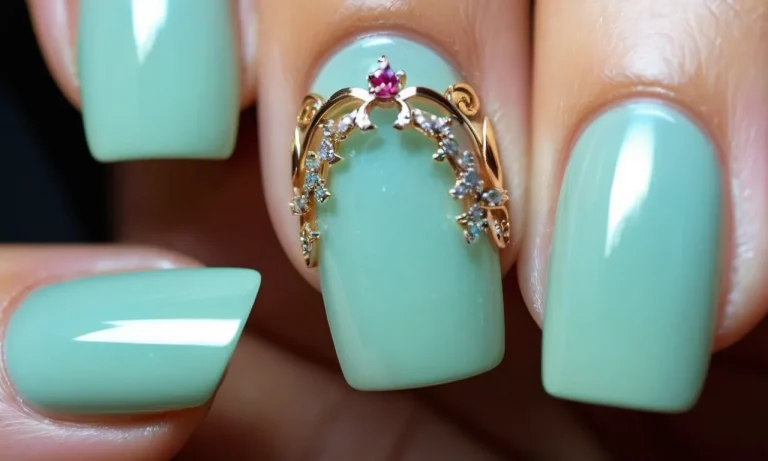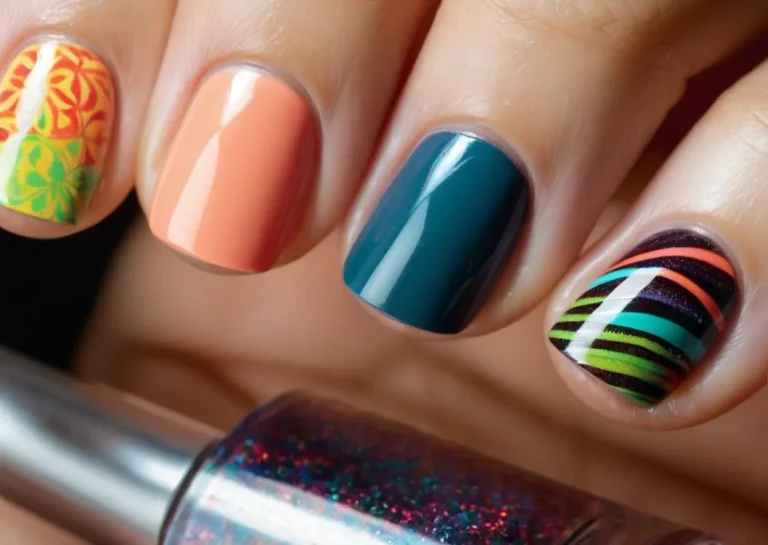How Often Should I Cut My King Charles Cavalier’S Nails?
If you’re a proud parent of an adorable King Charles Cavalier, you know keeping their nails trimmed is an important part of grooming. But how often should you cut your Cav’s nails to keep them comfortable, healthy and looking their best?
Read on for a complete guide to King Charles Cavalier nail care.
If you’re short on time, here’s the quick answer: Experts recommend trimming a King Charles Cavalier’s nails every 2-3 weeks.
Why Regular Nail Trims are Essential
Preventing injury and discomfort
Regular nail trims help prevent your Cavalier King Charles Spaniel’s nails from becoming overgrown, which can lead to injury and discomfort. Overly long nails are more prone to getting caught on fabrics and carpeting, potentially ripping off or breaking and exposing the quick.
This can be very painful and cause bleeding. Long nails also force your dog’s feet out of their natural position, putting strain on joints and ligaments that can lead to arthritis over time. By routinely trimming the nails, you can keep them at a healthy length that allows normal foot placement.
Maintaining good foot health
In addition to preventing injury, regular nail trims promote good overall foot health for your Cavalier. When you trim the nails, you can also inspect the feet for any cuts, cracks, redness, or swelling that might indicate an infection or condition needing veterinary attention.
Overgrown nails can press into the paw pads and lead to painful sores. Trimming them prevents this irritation while allowing you to spot and address any problems early. Well-trimmed nails also give your dog better traction when running and playing.
Blunt nails grip surfaces better than sharp, jagged ones that can slide and cause falls. Regular trims optimize your Cavalier’s foot comfort and health.
Keeping their appearance neat
Many Cavalier owners find the breed’s long, flowing coat to be one of its most appealing features. Regular nail trims help maintain your dog’s elegantly groomed look from head to toe. Overgrown, unsightly nails detract from your Cavalier’s overall beauty.
Trimming them to a neat, blunt length allows their adorable feet to complement the rest of their good looks. Short nails also prevent snags on delicate fabrics and furniture upholstery. For shows and competitions, nicely trimmed nails give your Cavalier a polished, well cared for appearance.
And even if your dog is just a family companion, keeping the nails attractive demonstrates your loving dedication to their grooming.
How Often to Trim Your Cav’s Nails
Every 2-3 weeks for most dogs
For the average Cavalier, a nail trim every 2-3 weeks is ideal to keep their nails short and prevent cracking or splitting. As the nails grow out beyond the quick, they have a higher chance of catching on fabrics and getting ripped off.
Trimming regularly keeps the quick short as well, making trims less risky.
The exact schedule will vary depending on factors like age, activity level, and rate of nail growth. Younger and more active dogs may need more frequent trims as their nails grow faster from all that running around. Older and less active dogs tend to be just fine with trims every 3 weeks or so.
More frequent trims if nails grow fast
Some Cavaliers are blessed with jet propulsion and their nails grow remarkably fast. For these speedy growers, every 2 weeks is better to keep ahead of the nail length.
Signs your Cavalier’s nails may need more frequent trimming include:
- Noticeable “clicking” of nails on the floor
- Nails long enough to tap or get caught on fabric
- The quick becoming extended from the nail
If you observe any of these, try shortening the duration between nail trims by a few days to a week. Keep the nails short and the quick retracted.
Occasional touch-ups if needed
While a routine trim schedule every few weeks handles most nail maintenance needs, occasionally a quick touch-up trim may be required if a nail breaks or splits.
Reasons for an abnormal break include:
- Getting the nail caught on something
- Very dry air causing nail brittleness
- Pressure on one nail from uneven wear
If you notice a cracked or split nail, use a nail trimmer to smoothly cut across the jagged edge, removing any sharp points. This helps prevent infection or further tearing while you wait for the next full trim.
With regular trims every few weeks and watchful monitoring, you can easily keep your Cavalier’s nails neat, short, and healthy!
Signs It’s Time for a Trim
Clicking sounds on the floor
Overgrown nails on a Cavalier King Charles Spaniel can start to click loudly on hard floors as they walk. This repetitive clicking sound can be quite annoying and is a telltale sign that it’s time to trim those nails.
Long nails may get caught on carpets and fabrics around the house too, damaging them over time. Trimming them helps eliminate those irritating noises and protects your floors.
Nails touching the ground
When your Cavalier’s nails grow so long that they actually touch the ground as they walk, it’s definitely time for a trim. Allowing the nails to get this overgrown can cause pain and negatively impact their gait. Long nails that touch the ground are also more prone to snagging and tearing.
Keeping them neatly trimmed to just above the ground will help your Cavalier walk normally and prevent injury.
Overgrown, hooked nails
Cavalier nails that grow too long can start to hook and curve, making them painful and more likely to catch on things. These overgrown claws can also start to dig into the paw pads, making walking uncomfortable. Regular trims every 2-4 weeks can keep the nails short and prevent this curling.
Always use sharp trimmers and take care not to trim too low into the quick, as this can cause bleeding. Keeping the nails neat and short will keep your Cavalier comfortable.
Trimming Tips and Techniques
Use proper nail clippers
When trimming your Cavalier King Charles Spaniel’s nails, it’s important to use the right tool for the job. Invest in a pair of high-quality nail clippers designed specifically for dogs. Avoid using human nail clippers, as these can split or crack a dog’s nails.
Look for clippers with sharp, stainless steel blades that cut quickly and cleanly through the nail. Many vet-recommended brands also have a safety guard to help you avoid cutting into the quick. Proper clippers will make the experience easier and more comfortable for both of you.
Cut above the quick
The most critical rule of trimming your Cavalier’s nails is to never cut into the quick. The quick contains nerves and blood vessels, so cutting it will be very painful and cause bleeding. The quick is the pinkish area inside the nail.
Look for it by shining a flashlight behind translucent white nails. For dark nails, clip off small bits at a time until you see a dot of white – a sign you’re nearing the quick. Always cut conservatively above this, trimming just the tips.
It’s safer to trim too little at first rather than risk hitting the quick. If you accidentally cut the quick, dip the nail in styptic powder or cornstarch to stop the bleeding. Never cut into sensitive skin around the nails either.
Introduce trims slowly if puppy is skittish
Some Cavalier puppies fear having their paws handled or nails trimmed. Make the experience positive by introducing trims slowly. Gently touch your pup’s paws when petting or brushing. Praise and reward with treats for calm, relaxed behavior.
Grab the clippers and let your pup sniff them while giving treats. Touch the clippers briefly to the nails without actually trimming at first, then clip just the very tips while heaping on praise and rewards. Go slowly with short, successful sessions to build trust.
With time and consistency, regular trims will be a breeze.
Give treats and praise afterwards
Trimming nails is rarely a fun experience for dogs, so be sure to make your Cavalier feel special afterwards. Offer high-value treats like small pieces of chicken, cheese or hot dog along with enthusiastic verbal praise. Some dogs enjoy having their chest or ears rubbed as an extra reward.
A short play or training session can also be a good distraction. This positive reinforcement helps prevent fear and anxiety about future trims. Additionally, schedule nail clippings after a long walk or backyard play session when your dog is calm and tired.
With a relaxed state of mind and tasty incentives, regular nail care will be a much smoother process.
When to Seek Professional Help
If nails are overgrown and curled
If your Cavalier’s nails have grown too long, they can start to curl under and dig into their paw pads, causing pain and discomfort. According to pet care experts, overgrown nails should be addressed by a professional groomer or veterinarian to avoid injury.
Signs that your dog’s nails are overgrown include:
- Nails are clicking loudly on the floor when they walk
- Difficulty walking normally
- Bleeding around the nails
- Limping or licking their paws
The quick in overgrown nails is usually longer too, making them more prone to bleeding if cut. Instead of risking hurting them, take them to an experienced groomer or vet to clip back the nails safely.
For nervous or wiggly pups
Some Cavalier King Charles Spaniels don’t do well getting their nails trimmed at home, especially those that are shy, nervous, or wiggly.
According to the American Kennel Club, signs that your pup may need a more experienced handler include:
- Constant wiggling and moving during trims
- Nipping or biting when their paws are handled
- Signs of fear like tucking tail, shaking, etc.
- You accidentally cut the quick because they won’t hold still
In these cases, a vet, groomer, or veterinary technician that’s trained in handling difficult pups is your best option. They know techniques to properly restrain them and calm their anxiety about nail trims.
If you cut the quick by accident
Even experienced owners can accidentally cut their Cavalier’s quick sometimes, which is the blood vessel inside their nail. It’s extremely painful for them and cause significant bleeding.
If this occurs, stay calm and apply styptic powder or cornstarch/flour to help clot the bleeding. Applying gentle pressure may also help. If bleeding persists for more than 5-10 minutes or they seem in distress, get emergency vet assistance.
To avoid future quicking incidents, consider having a vet or groomer trim their nails. Letting them get too long between clippings can make the quick protrude further. Signs it’s time for a trim include:
- Nails touching the ground when standing
- Clicking noises when walking on hard surfaces
- Nails causing eyesores or getting caught on fabrics
Aim for nail trims every 2-3 weeks for a Cavalier. This frequent schedule keeps their quick trimmed back and lessens chances of bleeding from clipping too short.
Conclusion
By regularly trimming your King Charles Cavalier’s nails every 2-3 weeks, you can keep your pup comfortable, maintain healthy feet, and reinforce important grooming habits. Pay attention to nail length in between trims, and don’t be afraid to ask your vet or groomer for help managing overgrown nails.
With a little practice and lots of treats, nail trims will become a breeze!

